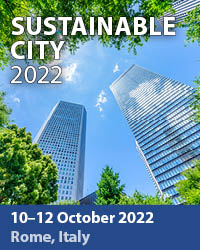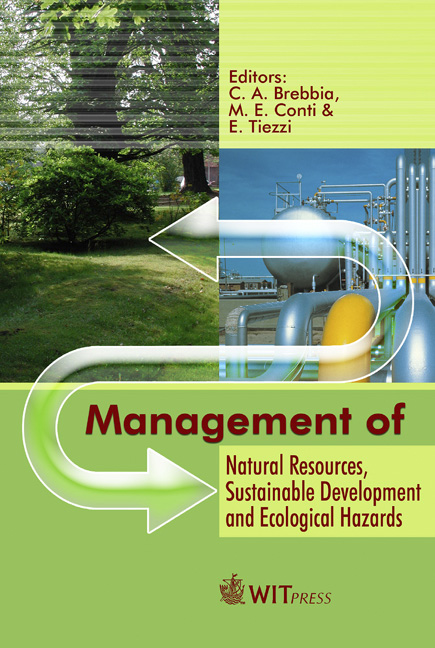Towards A Sustainable World
Price
Free (open access)
Transaction
Volume
99
Pages
10
Published
2006
Size
754 kb
Paper DOI
10.2495/RAV060051
Copyright
WIT Press
Author(s)
H. H. Kleizen
Abstract
The world has a limited potential. Mankind has to balance its activities with those of the Geosphere (atmosphere, hydrosphere and lithosphere) and those of the Biosphere (from whales to archea). This balance leads to the concept of a Sustainable Technological World (STW) encompassing all artifacts (factories, houses, mobile phones) and their needs (air, water, soil, energy) and constraints (emissions). This STW is summarized giving estimates of its main parameters. A Sustainable World is more than the STW. In a Sustainable World people (present and future generations) have equal opportunities to take their share of the STWartifacts. But societies (per continent, country, region, city, etc) have also different starting positions. First a novel method is presented to characterize the structure of the world population, revealing differences and similarities on the same level (country for example) or on different levels (continent and city for example). Secondly the Hofstede 5 cultural dimensions are analyzed and a new culture model is proposed based upon the sequence of 3 of the 5 dimensions. The world population has more than 6 cultures and for 88 countries the culture is given. Evidence is found that the population structure and culture model are linked. This opens a window to connect culture and the limited resources available to mankind. Keywords: culture, population, society, STW, sustainability, technology. 1 Introduction Not everybody likes to possess everything forever. According to Brundtland [1] sustainable development is development that meets the needs of the present without comprising the ability of future generations to meet their needs. One way to interpret this much quoted statement is that there have to be opportunities for those who populate the Earth nowadays and they should increase the opportunities for the generations to come. So indeed the very idea that some
Keywords
culture, population, society, STW, sustainability, technology.





